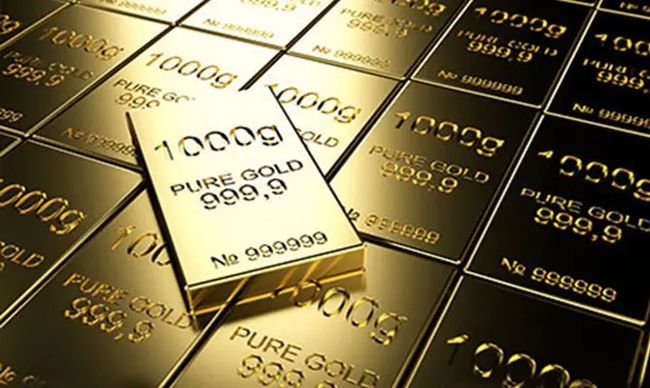Central banks around the world are increasing their gold reserves, the Nihon Keizai Shimbun reported on 22 November. According to the international survey agency, gold purchases in 2022 will be at the highest level since the 1960s.
A report released by the World Gold Council in November showed that global central banks' net gold purchases in the third quarter of this year were 399.3 tonnes, more than four times the amount in the same period last year. Compared with 87.7 tonnes in the first quarter and 186 tonnes in the second quarter, net gold purchases have gradually increased and the cumulative net purchases in the first three quarters have exceeded the largest net purchases in a single year since statistics became available in 1967.
Gold purchases were reported mainly by the Central Bank of Turkey (31.2 tonnes), the Central Bank of Uzbekistan (26.1 tonnes) and the Central Bank of India (17.5 tonnes). Sales of gold were mainly made by Kazakhstan and the United Arab Emirates, with sales of just one or two tonnes. The volume known to have been bought and sold in these countries combined was only around 90 tonnes. This produces a deviation of around 300 tonnes between this and 399.3 tonnes.

Koichiro Kamei, a financial and precious metals analyst, said with surprise: "It would be fine if it was just a few tonnes or so, I can't remember any precedent for a difference of this magnitude."
Speculation about the "anonymous buyer" has been rife in the market. The increasingly prevailing view is that countries in opposition to Europe and the US are more willing to hold gold in their own countries, given the example of Russia's sanctions and the freezing of assets abroad.
It is in the last 10 years that global central banks and public institutions have begun to increase their gold reserves. Taking the 2008 Lehman crisis as an opportunity, the creditworthiness of US dollar-denominated assets such as US Treasuries was shaken. In order to diversify their foreign exchange reserves, which are heavily weighted towards the US dollar, central banks looked to gold as a candidate. Gold is highly liquid, there is no issuing entity and therefore sovereign risk (government debt credit crises) is extremely low, making it a "stateless currency". Weaker emerging market central banks are also using gold to preserve their assets.
According to Nikos Kavalis of precious metals consultancy Metal Focus, "The world's central banks will continue to be net purchasers of gold in the future, given the stability of the price of gold and its character as a stateless currency." As central banks will largely refrain from putting their gold holdings on the market, the pace of the "move away from the dollar" will accelerate. The more gold central banks buy, the more the price of gold will be supported accordingly.

